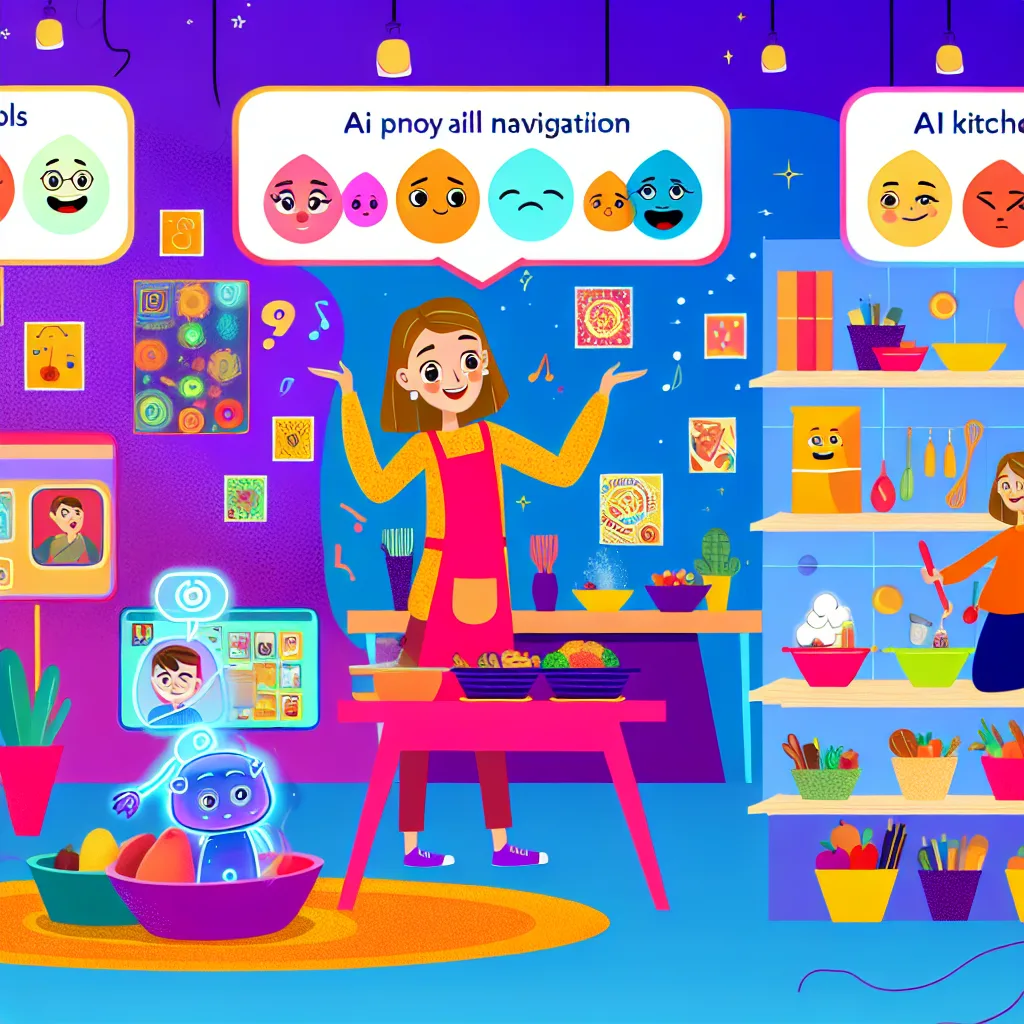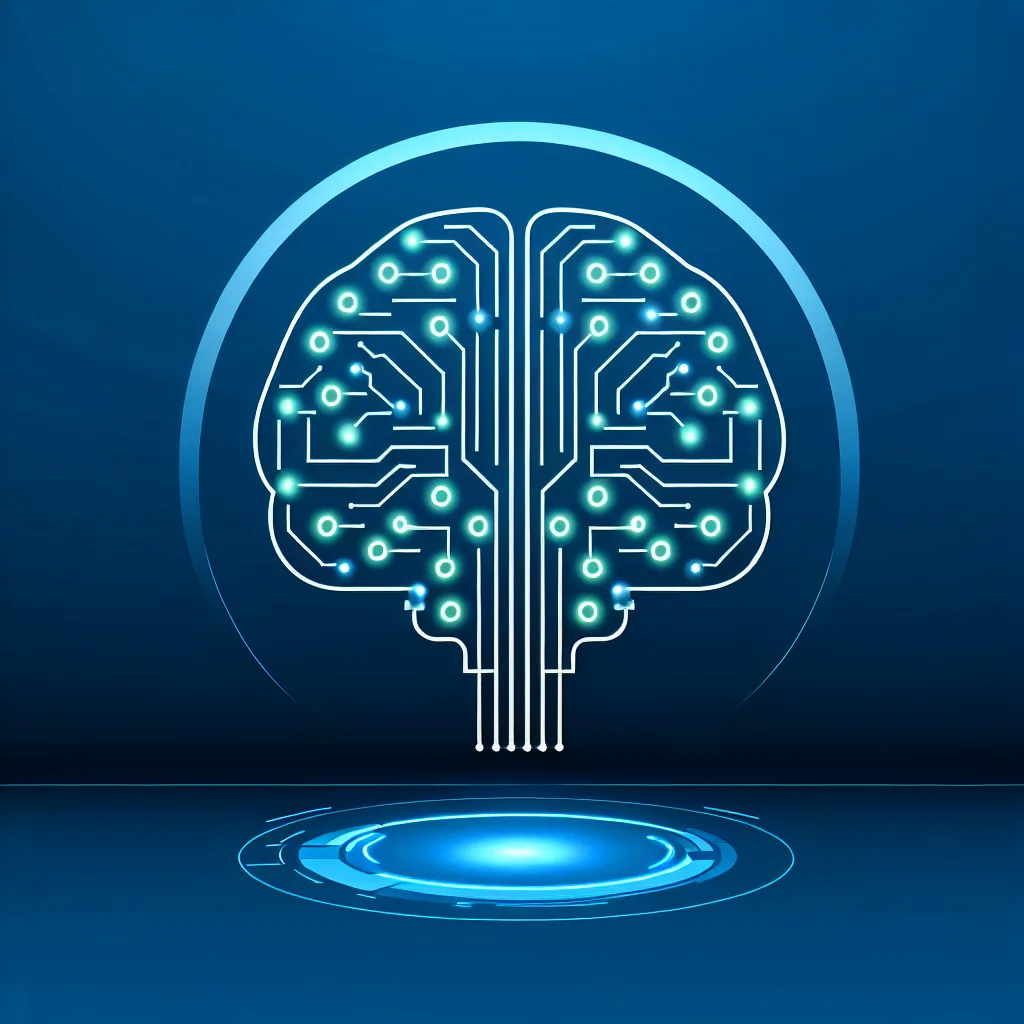Exploring the different ways AI tools deliver code — from quick hits to detailed stories
Ever handed over a coding task to two different AI assistants and noticed how wildly different their responses can be? If you’ve been curious about the style differences between AI coding assistants, you’re not alone.
Just the other day, I tried giving the same programming challenge to two popular AI tools: one was fast and straight to the point, and the other took a much chattier route, explaining everything in detail and even tossing in a few stories and alternate approaches. This got me thinking about the different moods these AI assistants bring to the keyboard and what that means for us developers and curious coders.
AI Coding Assistants: Fast or Chatty?
When it comes to AI coding assistants, you generally see two kinds of personalities. The first is the “Fast” style. This is the AI that says, “Here’s your code,” hands over a neat snippet, and waits for your next move. It’s efficient and perfect if you just want a quick fix or a code segment to plug straight into your project.
Then there’s the “Chatty” AI. This one doesn’t just stop at delivering code. It explains why the code works, shares some history or context behind the approach, and sometimes even suggests alternative ways to solve the same problem. Imagine it like having a mentor beside you, who’s not only giving you the answer but also teaching you the ropes with stories and options.
Why Different Moods Matter
Both fast and chatty AI coding assistants have their place. If you’re on a tight deadline or working on a straightforward task, a fast AI response can save you time and keep you focused. But if you’re in learning mode or tackling a tricky problem where understanding the “why” is as important as the “how,” a more verbose, chatty assistant might be your best friend.
This difference is a bit like having two kinds of friends in your developer circle:
- The one who hands you the tool you need and says, “Here, fix this.”
- And the one who sits down with you and says, “Let me tell you why this tool works and how you might use these other tools too.”
In the end, both approaches are valuable — it just depends on what vibe you need at the moment.
Choosing Your Favorite AI Coding Assistant Style
If you’re curious about trying different assistants, here are a few things to keep in mind:
- Task Type: Quick bug fixes or sample code? Go fast. Diving deep or learning a new concept? Chatty might be better.
- Your Mood: Sometimes, you just want answers. Other times, you want to chat and soak up knowledge.
- Project Scope: Small scripts might not need explanations, but big projects often benefit from understanding the why behind the what.
Quick Links for Exploring AI Coding Assistants
- OpenAI’s Codex overview: OpenAI Codex — See the technology behind many fast AI coding tools.
- Claude AI: Anthropic Claude — An AI aimed at safe and detailed responses.
- AI and developer productivity insights: GitHub Blog on AI — Explore how AI is shaping coding workflows.
Wrapping Up
AI coding assistants are evolving fast, and their unique styles offer us different ways to interact with code. Whether you prefer quick code drops or a full-on code chat with rich explanations and stories, there’s an AI out there that fits your style. So next time you get a coding task, think about which vibe suits you best — fast and focused, or chatty and educational? Either way, you’re learning and creating, and that’s what counts.







